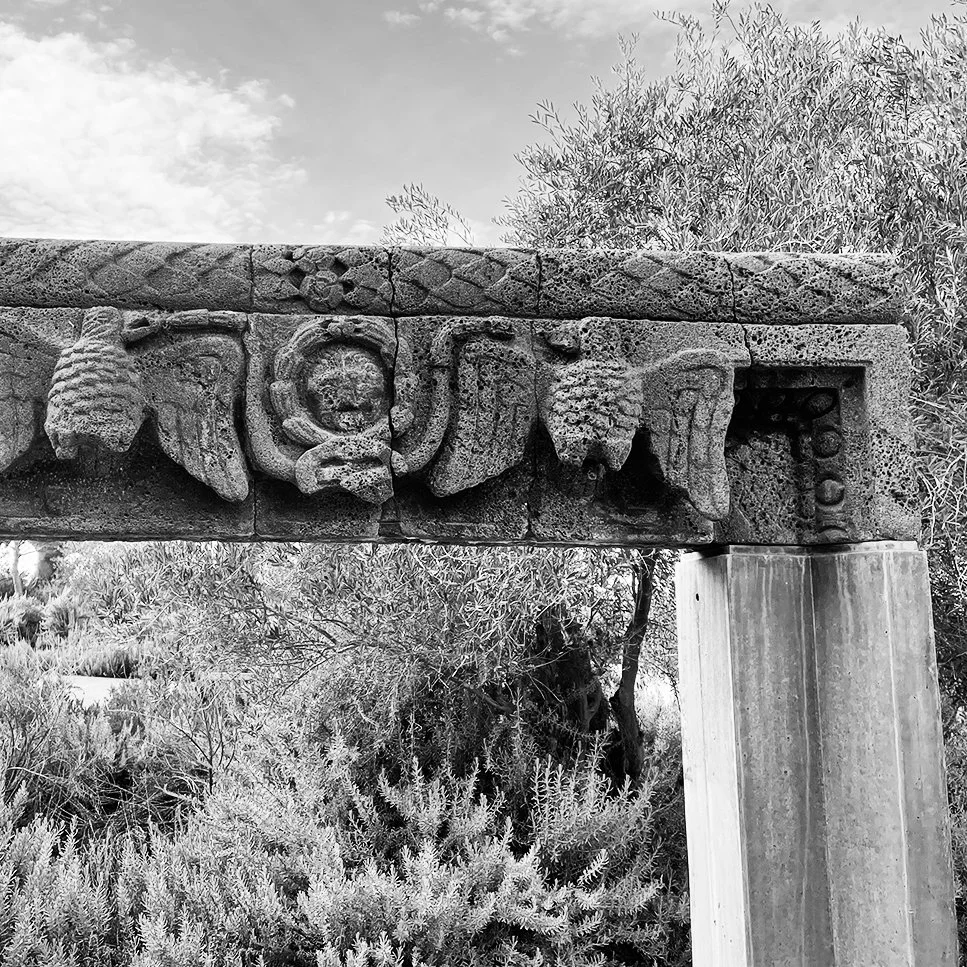-
![]()
Dilemmas in Jewish Art: Restrictions, Originality and Assimilation
Following the second commandment that prohibits the creation of any graven images Jewish artists were challenged to develop art in spite of this restriction. This presentation explores Jewish artists searching for an original style from the building of the tabernacle in the Sinai desert till the destruction of the temple in Jerusalem.
It discusses the influences of non-Jewish styles on Jewish art and architecture in the Diaspora as a reflection of diversity and assimilation. It also addresses the new artistic challenges after the re-establishment of the state of Israel in modern time. -
![]()
Tel Aviv: Bauhaus City on the Sands
The White City of Tel Aviv is significant as an outstanding synthesis of the various trends in the Modern Movement in architecture and town planning from the early part of the 20th century. The city has been declared a World Heritage Site by UNESCO because it is home to the largest collection of Bauhaus and International style buildings in the world.
-
![]()
A Gift to Biro-Bidjan: Chicago, 1937 - From Despair to New Hope
In 1937, a group of Chicago-area artists created a portfolio of woodcuts as a fund-raising project for Biro-Bidjan, the Jewish autonomous region in the Soviet Union. These 14 artists were also active in the Works Progress Administration (WPA) during the Great Depression, and their woodcuts, which revealed scenes of oppression and despair against images of “new hope” and optimism, reflected the present as well as the past. Some of the woodcuts expressed the hardship of the Depression in the United States or the persecution of Jews in Europe. Others conveyed the expectations of the New Deal program at home or Stalin’s solution for a Jewish homeland far away in the taiga of Siberia. This presentation is based on an original research by Dr. Harpaz.
-
![]()
Convergence: Jewish and African American Artists in Depression-era Chicago
During the Great Depression, artists of diverse backgrounds found ways to not only document the pain of the era, but also create images of hope. This presentation reveals the cooperative spirit that existed between Jewish and African American artists in Chicago during this challenging period of history. The presentation tells the stories of young men and women who bravely challenged the conventions and taboos of their age.
-
![]()
Carl Jung, The Collective Unconscious and DNA: Art Beyond Culture
This presentation focuses on the collective theory of the psychologist Carl Jung and its reflection on myth and symbolism through visual arts. This comparative analysis explores the conceptual similarities of art and architecture among various tribal societies and different religions, including Judaism, Christianity, Islam, Hinduism, and Buddhism.
-
![]()
Jewish Artists and the Perception of the Crucifixion
The crucifixion of Jesus is a center piece of the Christian theology and it was challenged by artists in purpose of transmitting principles of suffering and redemption. Ancient Jewish art had a significant impact on Early Christian art and some contribution to the visual depiction of the crucifixion. However, Jewish artists inspired from Christian art only in the modern era when the crucifixion was perceived as an archetypal motif - a universal or personal expression of agony and salvation.
-
![]()
Artists’ Perception of the Last Supper and the Passover Seder
Considered as a Passover meal by the Synoptic Gospels, the Last Supper arouses intense topics such as the departure of Jesus, the betrayal of Judas, or the establishment of the Eucharist. When Jewish artists started to illustrate the Passover Haggadah in the late Middle-Ages, their images of the Passover meal inspired visually from the Christian depiction of the Last Supper. Israeli artist Reuven Rubin, invited a diversity of Jewish immigrants and Jesus to his painting “First Seder in Jerusalem” (1949). Israeli contemporary artist Adi Nes staged Israeli soldiers in a composition based on da Vinci’s Last Supper and he titled it: “The Last Supper before Going Out to Battle.”
-
![]()
The Gospel of John and Anti-Jewish images in Christian Art
The Gospel of John is engulfed with obsessive commentary on the Jewish people and with repeated references of the “beloved disciple,” which is identified as John the Apostle. The popularity of John as a disciple as he was depicted in Christian iconography also illuminates the production of anti-Jewish images inspired from his demonization of Jews in his Gospel. Throughout the Middle-Ages images of the Ecclesia and Synagoga, distorted Jewish faces in different episodes of the Passion, or the manifestation of the Jewish hats were surfacing in European Christian Art. During the time of the Crusaders and the Black Plague, anti-Jewish images were intensified. Martin Luther and the Reformation who adored John the Apostle encouraged another wave of anti-Jewish imageries.
Previous
Previous
Press | Appearances
Next
Next







